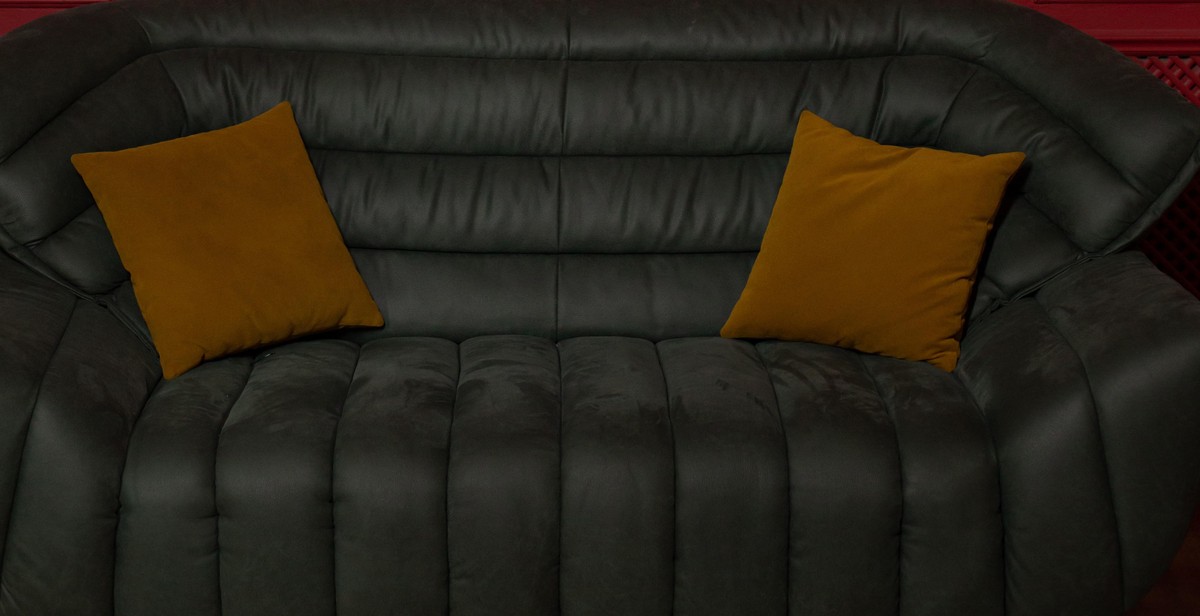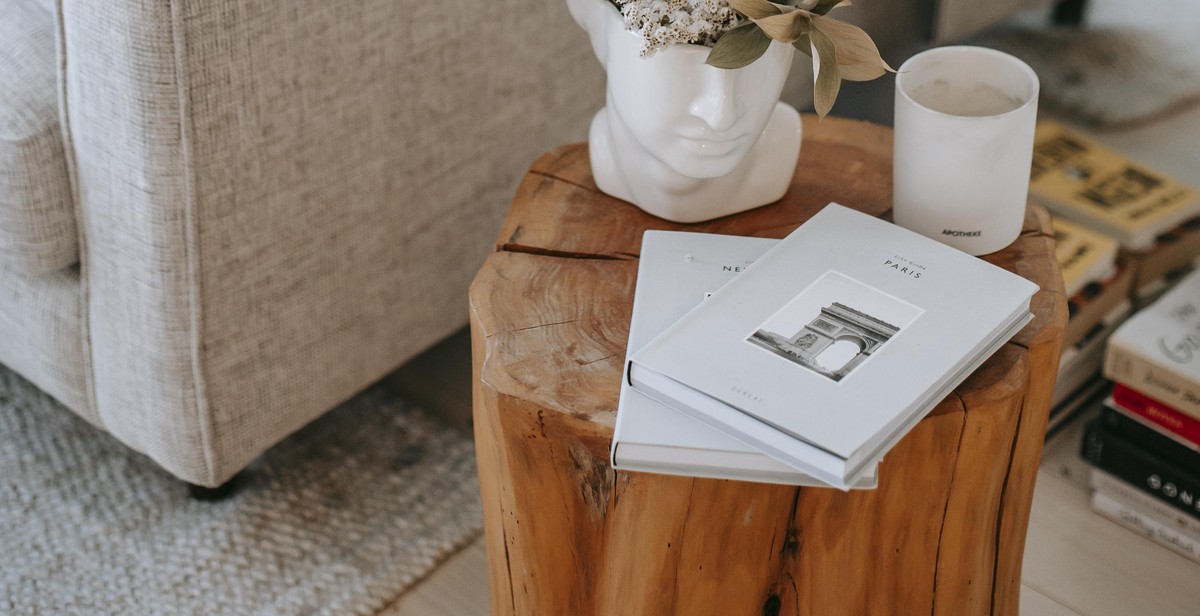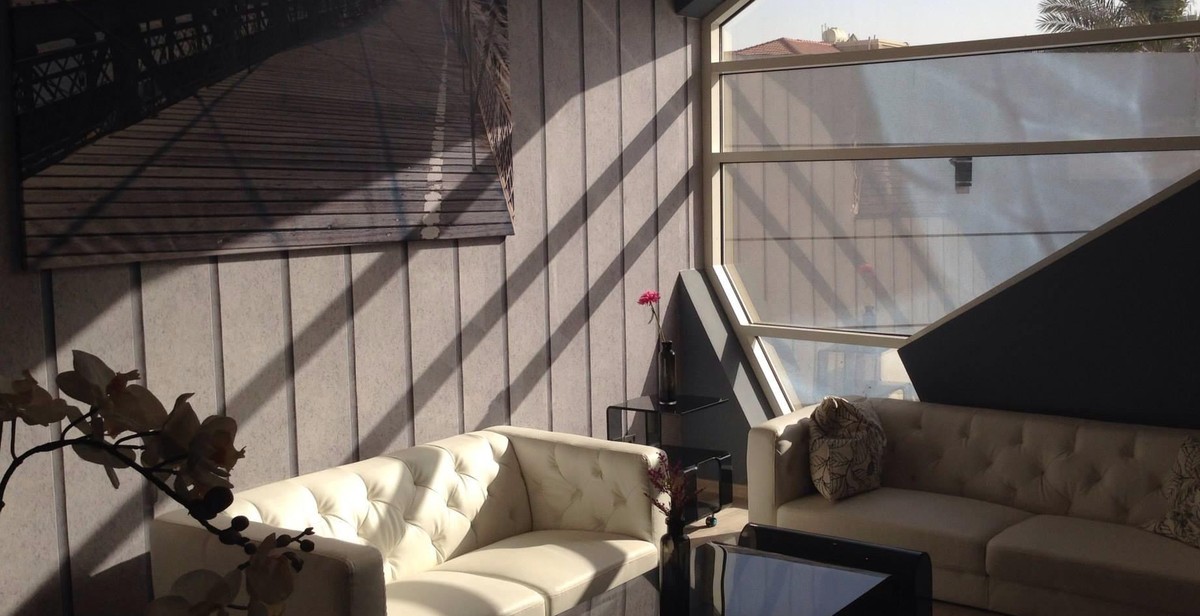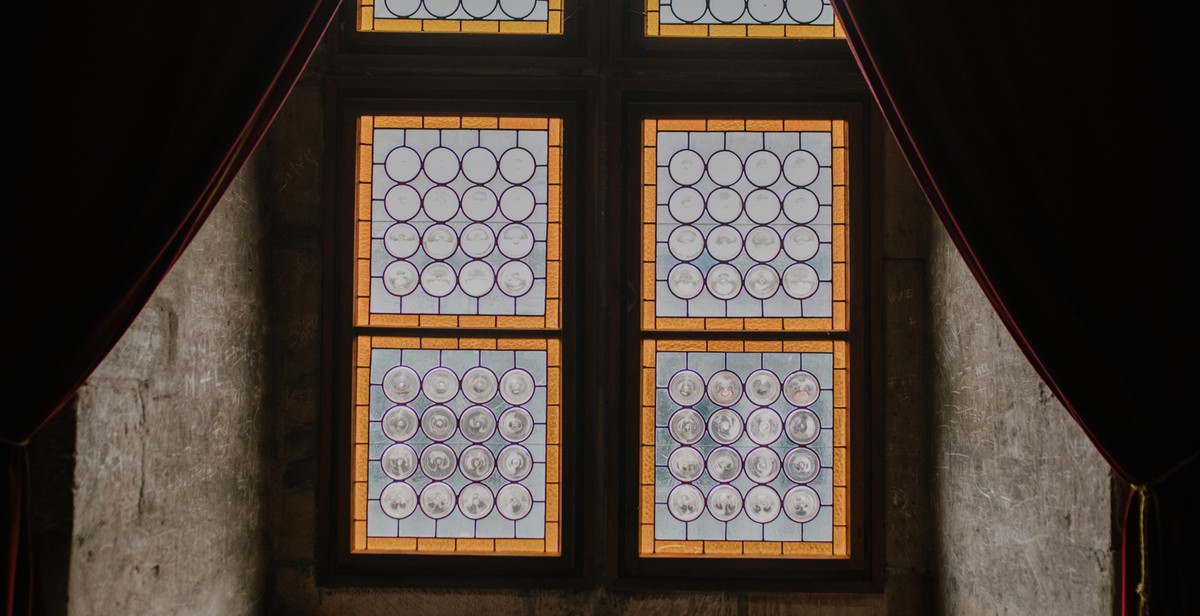How to Decorate a Gothic-inspired Living Room: Creating a Dramatic and Elegant Space
Gothic-inspired decor is a great way to add a touch of drama and elegance to your living room. This style is characterized by dark colors, ornate details, and a sense of mystery. Whether you’re a fan of classic Gothic architecture or the modern Gothic aesthetic, there are many ways to incorporate this style into your living room.
Choosing the Right Colors
The first step in creating a Gothic-inspired living room is to choose the right colors. Dark shades like black, dark purple, and deep red are commonly used in Gothic decor. These colors create a moody and dramatic atmosphere that is perfect for this style. However, you don’t have to stick to just dark colors. You can also incorporate lighter shades like white and gray to balance out the darkness.
Adding Gothic-inspired Furniture
Gothic-inspired furniture is another key element of this style. Look for pieces with ornate details like carved wood, metal accents, and intricate patterns. Gothic furniture is often oversized and grand, so choose pieces that make a statement in your living room.
Accessorizing with Gothic Decor
Finally, accessorizing with Gothic decor is a great way to complete the look of your living room. Look for items like candelabras, chandeliers, and tapestries to add a touch of Gothic elegance to your space. You can also incorporate Gothic-inspired artwork and sculptures to add to the mysterious atmosphere.
By following these tips, you can create a Gothic-inspired living room that is both dramatic and elegant. Whether you prefer a classic or modern Gothic aesthetic, this style is sure to make a statement in your home.
Understanding the Gothic Style
The Gothic style originated in the 12th century and was popular in Europe until the 16th century. It was revived in the 19th century and has since become a popular design style for homes and buildings. Gothic architecture is characterized by its pointed arches, ribbed vaults, and flying buttresses. Gothic design is known for its dramatic and ornate features that create a dark and elegant atmosphere.
History of the Gothic Style
The Gothic style originated in France in the 12th century and spread throughout Europe. It was a response to the Romanesque style, which was characterized by rounded arches and thick walls. Gothic architecture featured pointed arches, ribbed vaults, and flying buttresses, which allowed for taller and more elaborate structures. Gothic design was also influenced by the Gothic literature and art of the time, which featured dark and romantic themes.
Key Elements of Gothic Design
Gothic design is known for its ornate and dramatic features. Some key elements of Gothic design include:
- Pointed arches
- Ribbed vaults
- Flying buttresses
- Stained glass windows
- Gargoyles
- Tracery
- Carvings and sculptures
- Rich, dark colors
- Heavy fabrics like velvet and brocade
- Ornate chandeliers and candelabras
Gothic design is all about creating a dark and elegant atmosphere. The use of rich, dark colors like deep reds, purples, and blacks, combined with heavy fabrics and ornate details, creates a sense of drama and sophistication. Gothic design is perfect for creating a cozy and inviting living room that is both elegant and unique.

Choosing the Right Color Scheme
When creating a gothic-inspired living room, the right color scheme is essential to achieving the desired dramatic and elegant atmosphere. Dark and moody colors are the foundation of this style, so it’s important to choose shades that convey a sense of mystery and sophistication.
Dark and Moody Colors
The primary colors for a gothic-inspired living room should be deep and intense. Black, deep red, and dark purple are classic choices that set the tone for this style. These colors can be used on walls, furniture, and accessories to create a cohesive and dramatic look. However, it’s important to balance these dark shades with lighter tones to prevent the room from feeling too heavy or oppressive.
Contrasting Colors
Contrasting colors are also important in a gothic-inspired living room. White or cream can be used to provide a sharp contrast against the dark shades, creating a striking visual effect. Metallic accents, such as silver or gold, can also be used to add a touch of glamour and sophistication to the space.
Adding Metallic Accents
Metallic accents are a great way to add visual interest to a gothic-inspired living room. Silver or gold accents can be used on picture frames, candle holders, and other decorative items. A metallic chandelier or lamp can also be a stunning focal point in the room. However, it’s important not to overdo it with metallics, as too much can make the room feel gaudy or over-the-top.
In conclusion, choosing the right color scheme is essential to creating a gothic-inspired living room that is both dramatic and elegant. By incorporating dark and moody colors, contrasting shades, and metallic accents, you can create a space that is both visually stunning and functional.

Furniture and Decor
When it comes to decorating a Gothic-inspired living room, statement pieces are a must-have. These pieces should be bold and striking, commanding attention the moment someone enters the room. Opt for furniture with ornate details and carvings, which will add to the drama and elegance of the space. Gothic-style furniture often features intricate details, such as claw feet, twisted columns, and intricate carvings of gargoyles, dragons, and other mythical creatures.
For seating, consider a velvet or leather sofa with tufted cushions and a high back. Wingback chairs are also a great addition to a Gothic-inspired living room, as they add to the overall dramatic effect. Look for chairs with ornate details, such as carved legs and arms, and consider adding accent pillows in rich, dark colors to tie everything together.
Textures and fabrics are also essential to creating a Gothic-inspired living room. Opt for heavy fabrics, such as velvet, brocade, and damask, which will add to the overall richness of the space. Layering different textures, such as a plush rug, velvet curtains, and a leather sofa, will create a sense of depth and dimension in the room.
Key Furniture Pieces:
- Ornate, carved wood furniture
- Tufted velvet or leather sofa
- Wingback chairs with carved details
- Accent pillows in rich, dark colors
Textures and Fabrics:
- Heavy fabrics, such as velvet, brocade, and damask
- Plush rugs
- Velvet curtains
- Leather upholstery
| Pros | Cons |
|---|---|
| Creates a dramatic and elegant living space | May be too dark or heavy for some tastes |
| Allows for the use of bold statement pieces | May be expensive to fully decorate a room in this style |
| Provides a sense of depth and dimension through layering of textures and fabrics | May not be suitable for homes with small children or pets |

Lighting
Lighting plays a crucial role in creating a gothic-inspired living room. It sets the mood and creates a dramatic atmosphere. Here are some lighting options to consider:
Chandeliers and Candles
Chandeliers are the epitome of gothic elegance. They come in various styles and sizes, from ornate crystal chandeliers to wrought iron fixtures. Hang a chandelier in the center of the room to make a bold statement. For a more intimate and romantic ambiance, add candles to the mix. Place them on candlesticks or candelabras and scatter them around the room.
Sconces
Sconces are another classic gothic lighting option. They can be wall-mounted or freestanding and come in a variety of styles, from simple and sleek to ornate and intricate. Strategically place sconces around the room to create a warm and inviting glow.
Lamps
Lamps are a versatile lighting option that can add both style and function to your living room. Gothic-inspired lamps can come in a variety of shapes and sizes, from elegant Tiffany-style lamps to gothic-inspired floor lamps. Use them to provide additional lighting to specific areas of the room, such as a reading nook or a seating area.
When choosing lighting for your gothic-inspired living room, keep in mind that the goal is to create a moody and dramatic ambiance. Don’t be afraid to mix and match different lighting options to achieve the desired effect.

Accessories
Accessories are the finishing touches that bring a room to life. When it comes to decorating a gothic-inspired living room, accessories are essential for creating a dramatic and elegant space. Here are some ideas for accessories to consider:
Wall Decor
The walls in a gothic-inspired living room are an opportunity to create a dramatic backdrop. Consider hanging large, ornate mirrors or gothic-inspired artwork. Black and white photographs of gothic architecture or famous gothic literature characters can also add a touch of sophistication to the room. For a more dramatic effect, consider adding a large tapestry or a statement piece of gothic wall art.
Rugs and Carpets
When it comes to rugs and carpets in a gothic-inspired living room, think rich textures and dark colors. A plush velvet or shag rug in a deep burgundy or black can add a luxurious touch to the space. For a more gothic-inspired look, consider a rug with a bold pattern or intricate design.
Curtains and Drapes
Curtains and drapes can add the perfect finishing touch to a gothic-inspired living room. Consider heavy velvet or brocade curtains in deep jewel tones like emerald, sapphire, or ruby. For a more dramatic effect, opt for curtains with tassels or fringe detailing. Blackout curtains can also be a great addition to a gothic-inspired living room, adding an extra layer of darkness and mystery to the space.
Pillows and Throws
Pillows and throws are an easy way to add a touch of gothic elegance to a living room. Consider plush velvet or faux fur pillows in deep jewel tones or black. For a more gothic-inspired look, opt for pillows with skull or bat motifs. A faux fur or velvet throw can also add a cozy and luxurious touch to the space.
Table 1: Summary of Accessories
| Accessories | Examples |
|---|---|
| Wall Decor | Mirrors, artwork, tapestries |
| Rugs and Carpets | Velvet, shag, bold patterns |
| Curtains and Drapes | Heavy velvet, brocade, tassels, blackout |
| Pillows and Throws | Velvet, faux fur, skull or bat motifs |
Conclusion
Creating a Gothic-inspired living room can be a great way to add drama and elegance to your home. By incorporating key elements such as dark colors, ornate furniture, and gothic-inspired decor, you can transform your living room into a space that is both stylish and sophisticated.
When decorating your gothic-inspired living room, it’s important to keep in mind that less is often more. It’s easy to go overboard with gothic-inspired decor, but by keeping things simple and streamlined, you can create a space that is both visually stunning and functional.
Remember to incorporate plenty of texture and pattern into your living room design, whether through the use of textiles, wallpaper, or other decor elements. This will help to add depth and interest to your space.
Finally, don’t be afraid to experiment with different design elements and ideas. Whether you opt for a traditional gothic look or a more modern take on the style, there are endless possibilities when it comes to decorating a gothic-inspired living room.
With a little creativity and a lot of attention to detail, you can create a living room that is truly one-of-a-kind and perfectly suited to your personal style and tastes.
